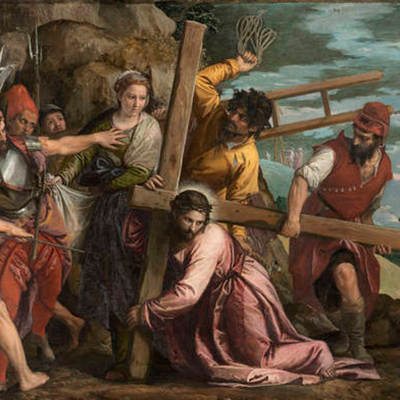
Veronese, Christ Bearing the Cross
Veronese, Christ bearing the cross, produced around 1571 on commission for the Cuccina family of Venetian cloth merchants.

Veronese, Christ bearing the cross, produced around 1571 on commission for the Cuccina family of Venetian cloth merchants.
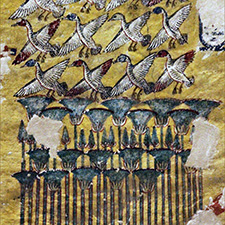
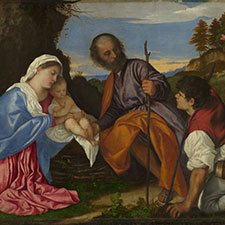
The pigment analysis reveals a very extensive palette typical of the Renaissance period and also Titian’s elaborate painting technique.
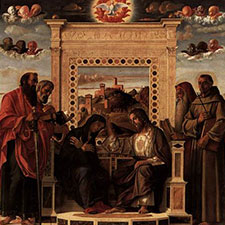
A thorough scientific investigation and pigment analysis uncovered an extensive palette with several rare pigments such as indigo, realgar and orpiment.
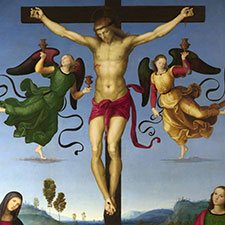
Illustrated pigment analysis describing a rich palette of well known pigments such as vermilion, verdigris and ochres and also the rare orpiment.
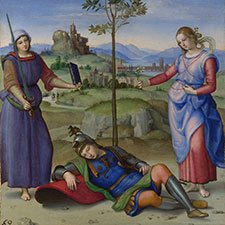
An exhaustive pigment analysis reveals a rich palette of the usual Renaissance pigments but also includes the rare orpiment.
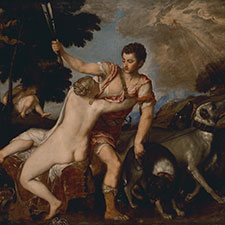
Titian, Venus and Adonis: Exhaustive and illustrated pigment analysis of Titian’s masterpiece depicting a Greek myth.
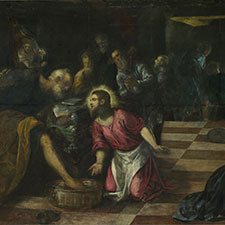
Tintoretto’s interpretaion of the biblical scene in bright colours which have now faded considerably. Main pigments are red lake, ultramarine and orpiment.
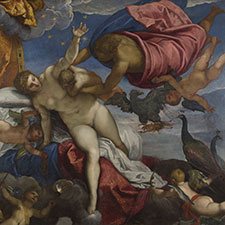
The pigment analysis of Tintoretto’s’ The Origin of the Milky Way’ revealed a very complex paint layer structure and the use of the rare pigment realgar.
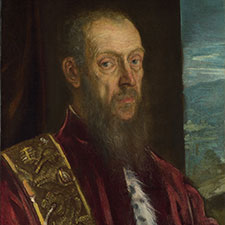
Tintoretto, Portrait of Vincenzo Morosini: The pigment analysis reveals the use of the rather rare pigments realgar and orpiment in the sash of the sitter.
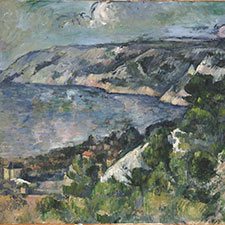
Pigment analysis of ‘Bay of l’Estaque’ revealed Cézanne’s rich palette with three different green, three different yellow and two different blue pigments.
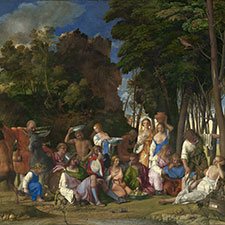
Feast of the Gods was painted by Bellini and later overpainted by Titian. The scientific examination reveals the details of this overpainting.
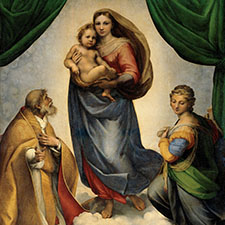
Raphael painted this masterful Madonna with Jesus, pope Sixtus II and St Barbara for the altar in the church of San Sisto in Piacenza.
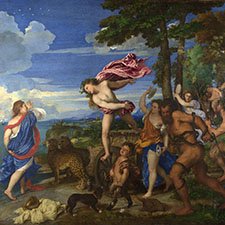
Titian, ‘Bacchus and Ariadne’. A classic story of love and deceit depicted by one of the greatest Italian painters of high renaissance.